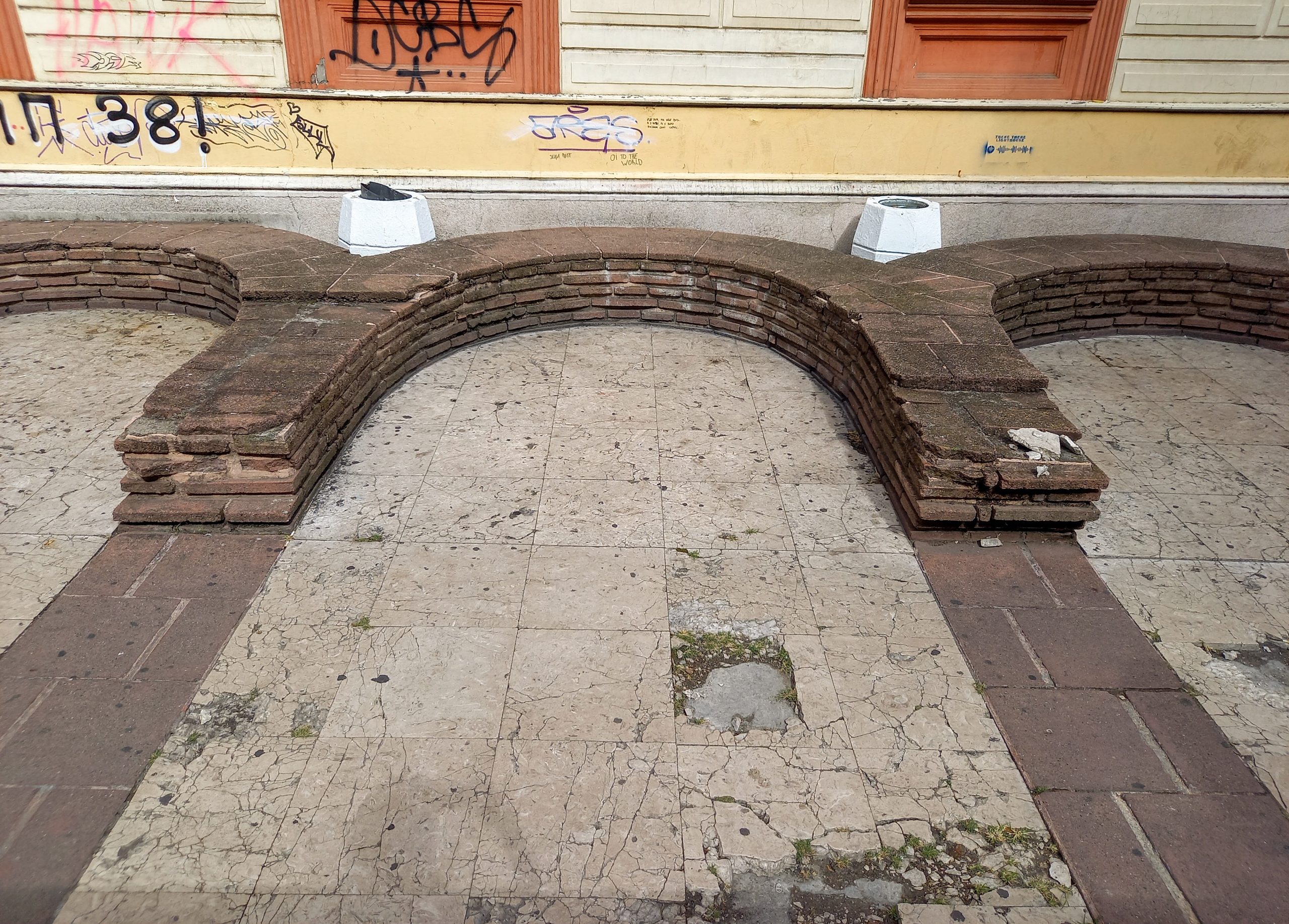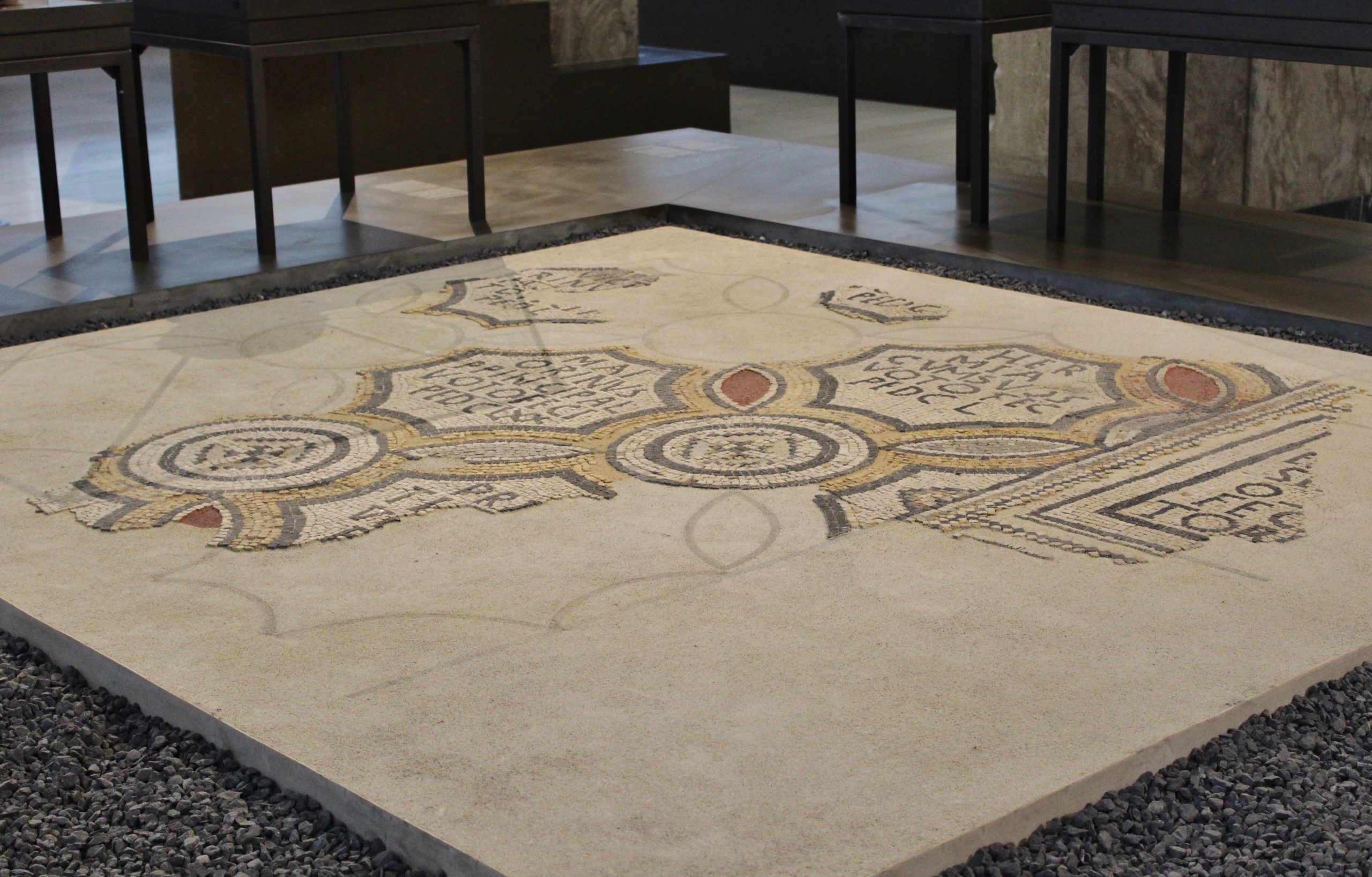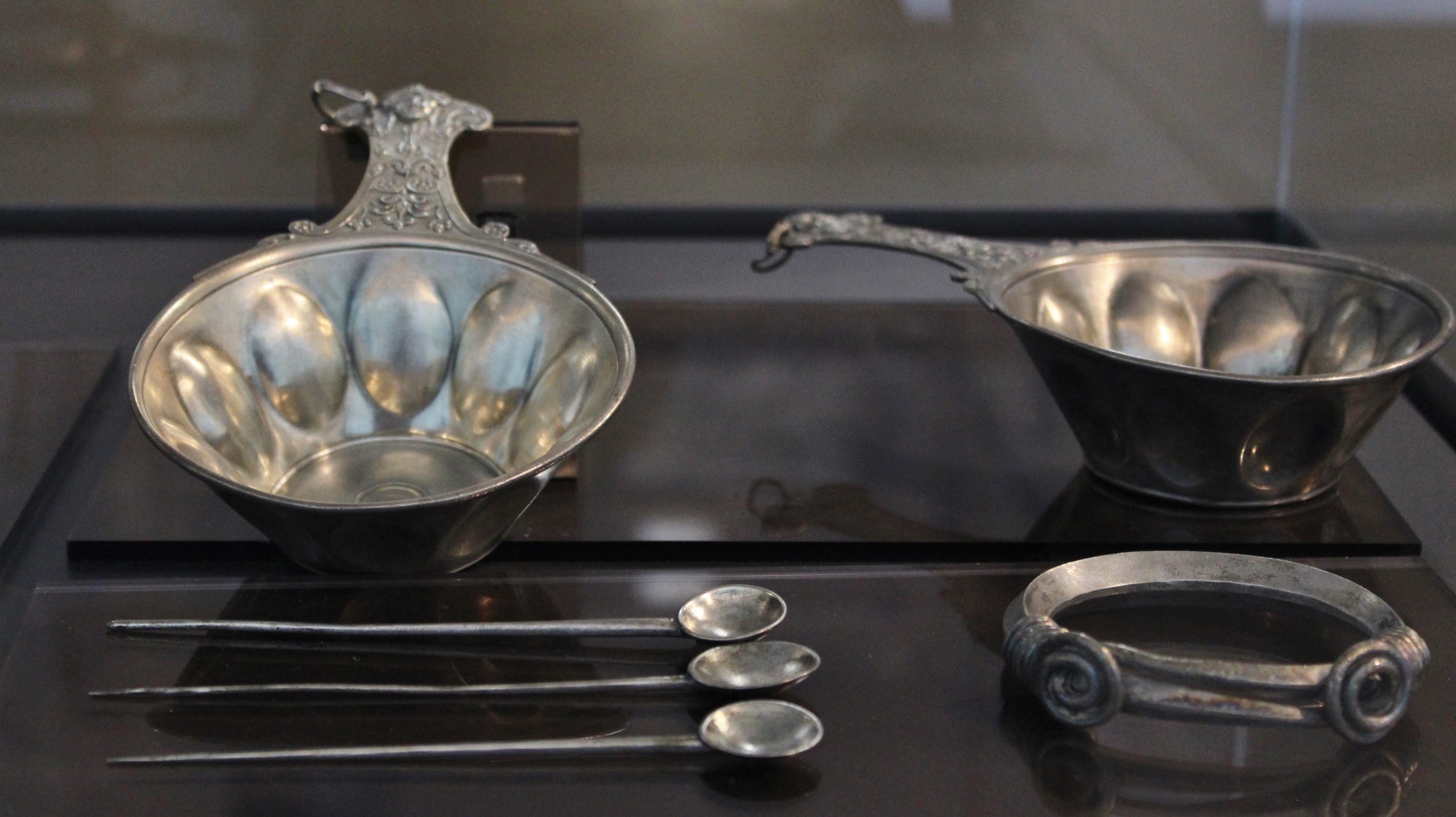THE LIFE OF ROMAN SOLDIERS
The military camp, which was built by the Roman army after it conquered the territory of Singidunum, was inhabited primarily by soldiers with their horses. Their service lasted 25 years, and they entered it when they turned 15 years old. Legionnaires (members of the basic military unit – legions) could only be soldiers of established Roman origin.
Every soldier had to have a primary education, that is, to know how to read and write. Athletic exercises, exercises with weapons and long marches under full war equipment were daily activities for the soldiers. Everyone took part in the exercises, young soldiers three times a day, and older and more experienced soldiers once a day. Military service was paid for with money, but only after the soldier had completed his service. In this way, the state made sure that no one escaped from the army.
There was solidarity among the soldiers, as shown by the fact that they set aside a certain amount of money so that they could pay the funeral expenses of their fallen comrades. A military code ruled in the camp, so chivalry and courage were rewarded with various decorations, and cowardice (escape from the battlefield) was severely punished. The punishments included getting barley instead of wheat, humiliation before the legion, beating and stoning. According to the rules of the code, soldiers were not allowed to be married. However, many of them had families who lived in settlements outside the camp. These marriages were not legal, so women and children could not inherit a soldier in the event of death. This problem was solved when Emperor Septimius Severus allowed married men to be admitted to military service. He also allowed unmarried legionnaires to marry while on duty.
The soldiers slept and stayed in tents, which were arranged so that all soldiers had access to the streets of the camp. Along the ramparts were latrine toilets in which soldiers bathed. When the soldiers were on the march, they would also spend time in tents. There were eight soldiers in each tent, so that a series of ten tents made up one centurion (a military unit of eighty soldiers). In time, the soldiers began to build barracks instead of tents, which were filled with wooden beds. Next to the dormitory, there was a room where soldiers stored food, weapons and equipment. At the end of a series of military barracks was the house of an officer, a centurion (leader of a centurion), which was more lavish than military barracks and made up of several rooms. Even more luxurious were the villas of the legion commanders, which had underfloor heating, water and sewage network and decorated floors and walls. In addition to the legacy, the villa was inhabited by servants who took care of the comfort of the legacy. Over time, the military premises became more and more comfortable – underfloor heating was introduced in the entire camp and the floors were made of stronger material. On the outskirts of the camp, there were shops and craft workshops, which sold and repaired various weapons and tools.
Civilian life in Singidunum
In addition to the military camp in Singidunum, there was also a civilian settlement where people who did not have the right to stay in the castrum lived. These were people of different professions who opened taverns, shops and craft and pottery workshops in which legionnaires regularly spent their free time. The center of social life was the main city square – the forum (located in the area of today’s King Peter Street).
Around the square was a courtroom, a temple dedicated to the god Jupiter and the goddesses Juno and Minerva, a market and a public building. There were also public baths near the square (they were located on the site of today’s plateau in front of the Faculty of Philosophy). Citizens used them regularly to maintain personal hygiene and to rest in warm water with fragrant oils. The baths were divided into men’s and women’s. In addition to the main pools with hot and cold water, there were also special rooms for storing clothes, massage and physical exercises.
Most of the houses were built of dilapidated material. In the central part of the house was a room with a fireplace made of clay. To the left and right of the hearth were smaller rooms. The houses were modestly decorated. The houses of the wealthier members – domus – were built of stone and brick. The floors were covered with mosaic. The windows have bars and iron fittings. The interior of the house was filled with colorful frescoes. Small ceramic and bronze lamps were used to illuminate the rooms. The furniture (bed, chairs, cabinets) were made of wood. In the central part of the house there was a yard for rest – atrium.
Near the town there were villages with agricultural goods of veterans, who began to engage in trade after they were paid for military service and thus became part of the wealthier stratum of society. Singidunum was a multiethnic city. It was regularly visited by foreign merchants from different parts of the Roman Empire – Asia Minor, Macedonia, and other parts of Moesia (a Roman province founded on the territory of Serbia). The inhabitants spoke mostly Latin, but Greek, Celtic, Illyrian, Dacian and Thracian could also be heard on the streets of Singidunum.
The city was managed by magistrates (civil servants), and the highest authority was held by the duumvari, while the quaestors took care of the city’s finances, legal affairs and the organization of the city. The population of the city was divided into:
1) foreigners – soldiers were often foreigners, but over time they managed to acquire civil rights
2) citizens – they could participate in political life and were protected by law,
3) slaves – most often of Greek origin and their financial situation was not always bad
Senators had the highest rank in the state, followed by knights.
The inhabitants of the camps and settlements took great care of their hygiene and health. On the outskirts of the camp, there were hospitals where doctors worked, who made medicines and performed complex surgical procedures. A water and sewage network of lead and ceramic pipes was established in the town and camp. Aqueducts allowed water to flow. However, there were serious preconditions for the development of infectious diseases in the city. This is shown by the waste pits in which the remains of food were found. Also, parts of the city that were close to swamps, ponds and rivers were suitable breeding grounds for mosquitoes, which transmitted malaria.
The inhabitants of Singidunum were great lovers of food, and legionnaires who had to do hard military work ate especially well. In the camp, basic foodstuffs (cereals, lard, salt and oil) were stored in tall, thick-walled buildings with floors above the ground (so that moisture would not damage the food and so that the food would be protected from rodents and insects) called horeume. Legionnaires ate special military bread, which was made from black flour. They used various cereals, meat (they procured it by going hunting), milk, cheese, eggs, garlic, carrots, cabbage, chestnuts, cherries, grapes, nuts, hazelnuts and honey in their diet. From the Adriatic and the Mediterranean, the Romans imported various fish products, various sauces, olives and wine.
In Singidunum, both men and women complained about their appearance. The men wore togas (woolen cloak), while the girls wore a palu (wide scarf) over their heads and shoulders when they left the house. Cloaks, shawls and dresses were fastened with fibulae (shaped buttons). Officers who would achieve some success would be decorated with special fibulae / badges made of gold and silver. In addition to light tunics (longer shirts) and a stola (sleeveless dresses), the inhabitants of Singidunum wore trousers made of coarse cloth and wool. There were various fashion details on their clothes (concentric circles, bags, leaves).
They wore sandals, shoes and boots made of leather. The Romans used silver and bronze plates as a mirror or would use glass mirrors in lead frames. Instead of makeup, they applied a mixture of lead oxide and red ocher to make their cheeks blush. They also used charcoal to highlight the density of their lashes and eyebrows. Wealthier ladies used bottles of perfume imported from the East. Roman women imitated the hairstyles of Roman empresses and so the most famous hairstyle was the high bun hairstyle. The long beards worn by the men were a sign of mourning. Girls and ladies adorned themselves with jewelry (necklaces, pendants, earrings, medallions, beads, chains, bracelets and rings), but there was also jewelry for men. They wore rings, various decorative belts, necklaces, bracelets and decorations that showed the courage they showed in battle.
Religion in Singidunum
As with other Roman cities, the forum in Singidunum featured a temple dedicated to Jupiter (god of light, sky and time), Juno (goddess of the moon and fertility) and Minerva (goddess of crafts and artisans). They formed the holy triad of the Roman state. The inhabitants of Singidunum offered sacrifices to the gods, primarily to the god Jupiter. A Mithras (a temple dedicated to the Persian deity of light, Mithras), was found near the Great Gunpowder Warehouse, which means that Mithraism developed in Singidunum, which had certain similarities with Christianity. As part of the birth of Mithras, who was born from a rock, the temple was built in a small cave in the rock. The cult that also developed in the area of the city was the cult of the Danubian horseman about whom very little is known. Numerous lead icons were found in the area of the Danube region, showing two horsemen greeting the goddess, although the name of the goddess is unknown.
The Romans believed that the human soul continues to live in the spirit world after death. That is why objects that would be useful in the afterlife were left in the graves of the deceased, such as money, clothes, jewelry, a ceramic lamp and ceramic, metal and glass utensils in which food and drinks were found. Sometimes the bodies of the dead were cremated, so their remains were placed in urns or grave pits. Wealthier citizens were buried in stone sacrophases on which basic information about the deceased was written.
The cemeteries were built outside the civilian settlement, so such a large Roman cemetery stretched in the area of today’s center of Belgrade – under the monument of Prince Michael, Kosovska Street, King Alexander Boulevard and under Tasmajdan Park. Sculptures of lions were found on the tombstones, as a symbolic guardian of the grave and the grave site.
Written by Petar Đapić







